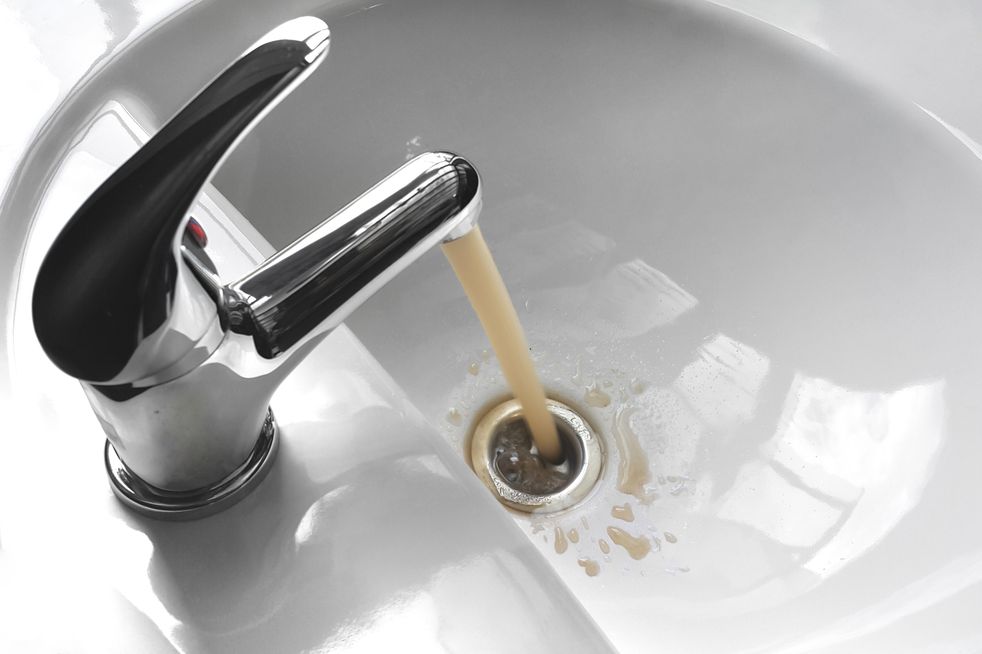
AI Scribe Technology: Revolutionizing Medical Documentation
Artificial Intelligence (AI) is reshaping the healthcare industry, and one of its most significant advancements is AI scribe technology. AI-powered scribes assist healthcare professionals by automating medical documentation, reducing administrative burdens, and improving workflow efficiency. However, to ensure accuracy and data security, these systems must comply with strict healthcare regulations.
What is AI Scribe Technology?
AI scribe technology uses natural language processing (NLP), machine learning (ML), and speech recognition to capture and document physician-patient interactions in real time. It listens to conversations, transcribes medical notes, and integrates structured data into electronic health record (EHR) systems.
Unlike traditional human scribes, AI scribes work autonomously, requiring minimal human intervention. They can generate SOAP (Subjective, Objective, Assessment, Plan) notes, medical histories, treatment plans, and prescriptions based on real-time conversations.
Benefits of AI Scribe Technology
- Time Efficiency – AI scribes reduce the time spent on documentation, allowing physicians to focus on patient care.
- Enhanced Accuracy – Advanced AI models minimize transcription errors and ensure standardized medical notes.
- Lower Costs – AI scribes eliminate the need for additional administrative staff, reducing labor costs.
- Improved Patient Experience – With reduced screen time, doctors can maintain eye contact and communicate more effectively with patients.
- Scalability – AI scribes can be deployed across various medical specialties, making them a flexible solution for different healthcare settings.
Healthcare Compliance Standards for AI Scribes
Since AI scribes handle sensitive patient data, they must adhere to strict healthcare compliance standards to ensure data privacy, security, and legal compliance. Key regulations include:
1. HIPAA (Health Insurance Portability and Accountability Act)
In the U.S., AI scribes must comply with HIPAA regulations, which govern how patient health information (PHI) is stored, transmitted, and protected. AI scribe solutions must:
- Encrypt data to prevent unauthorized access.
- Ensure access controls to limit who can view or modify records.
- Maintain audit logs to track changes and ensure accountability.
2. GDPR (General Data Protection Regulation)
For AI scribes operating in the European Union, GDPR compliance is essential. Key requirements include:
- Patient consent before collecting or processing health data.
- Right to data access and deletion, allowing patients to review or erase their information.
- Data minimization, ensuring that only necessary patient data is processed.
3. HITRUST Certification
HITRUST (Health Information Trust Alliance) certification ensures that AI scribe providers follow best practices for risk management and cybersecurity in healthcare.
4. FDA (Food and Drug Administration) Oversight
In some cases, AI scribe technology may require FDA approval if it is classified as a medical device that influences clinical decisions.
Implementing AI Scribe Technology in Healthcare
1. Selection and Customization
Healthcare providers must choose AI scribe solutions that align with their clinical needs and compliance requirements. Customization ensures accurate documentation across specialties.
2. EHR Integration
Seamless integration with electronic health records allows AI scribes to update patient charts in real time, improving workflow efficiency.
3. Physician Training
Doctors and healthcare staff must be trained to review and validate AI-generated notes to ensure accuracy and compliance with medical standards.
4. Continuous Monitoring and Updates
AI scribes must undergo continuous monitoring to improve accuracy, ensure compliance with evolving regulations, and enhance security protocols.
Conclusion
AI medical scribe technology is transforming medical documentation by improving efficiency, reducing physician burnout, and enhancing patient care. However, healthcare compliance is crucial to ensuring patient data security and legal adherence. As AI continues to evolve, its role in healthcare documentation will expand, making medical practices more efficient and compliant with global healthcare standards.
